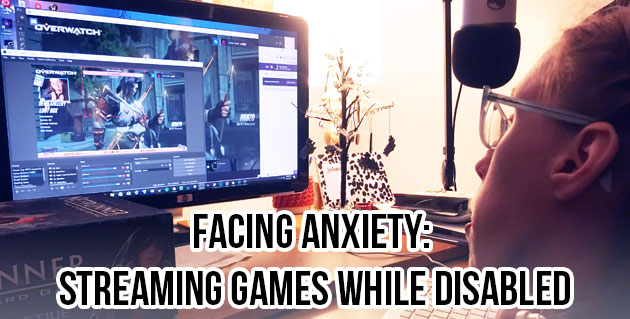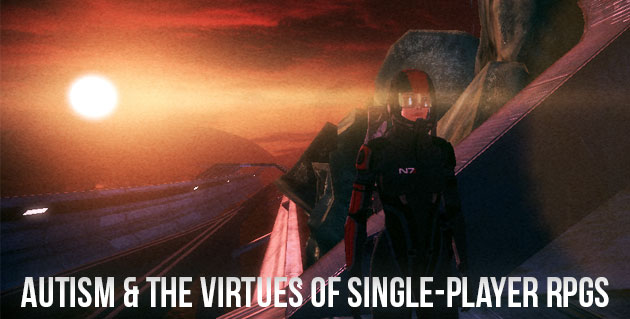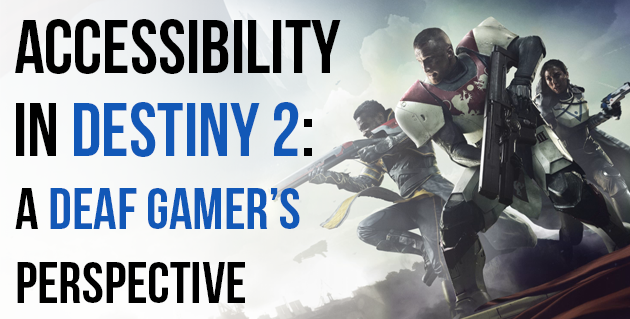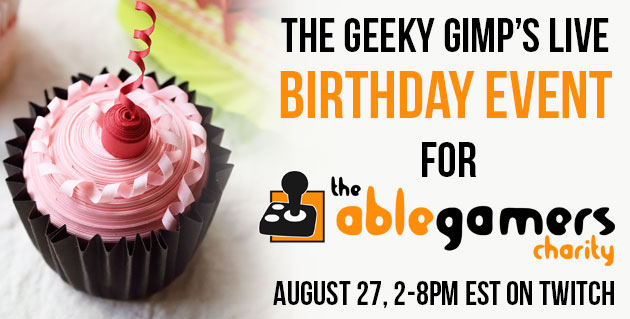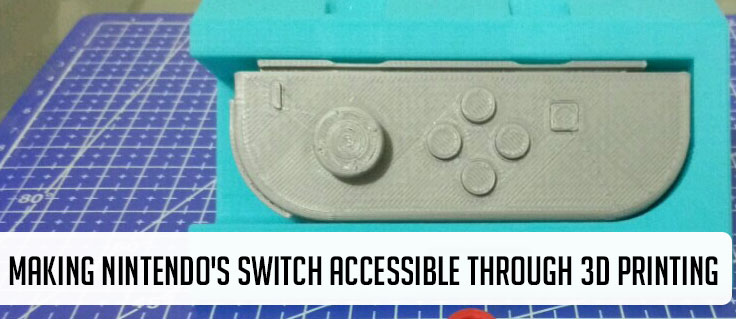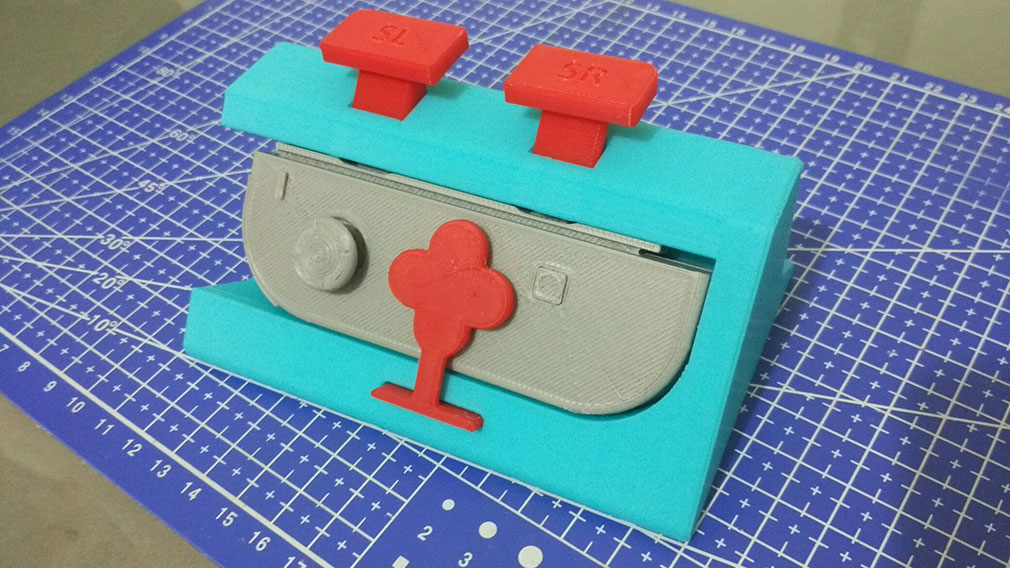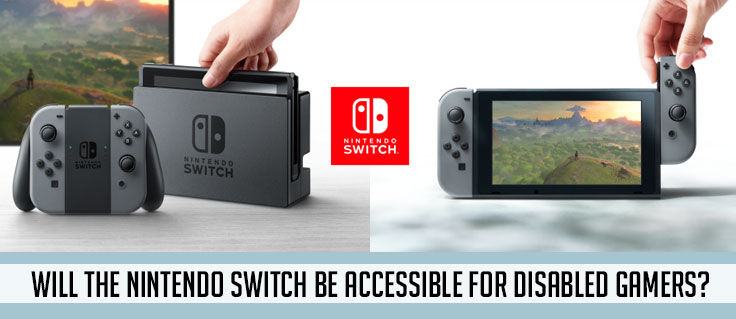Guest blogger: Deborah J. Brannon (codename: Geek Dame) spends her days in the Southeastern United States, scribbling furiously as a freelancer and speculative fiction writer. In her free time that may or may not exist – it’s in a box somewhere with a cat, she really doesn’t like opening it – she plays video games and reads books and talks about both incessantly. Find out more at www.geekdame.com or follow her on Twitter at @geekdame.
“The point remains that this is the setup for some great stories.”
“Or terrible, horrifying, traumatic experiences.”
“Great clearly means different things for us.”
Gregg and Bea, Night in the Woods
Welcome to Night in the Woods. There is death here and disappointment and decay. There is also connection and catharsis and care. It’s okay not to be okay, and it’s okay to change your mind. You may face a cosmic horror, or meet the truest heart – all in a playfully illustrated, easy-to-navigate video game.


